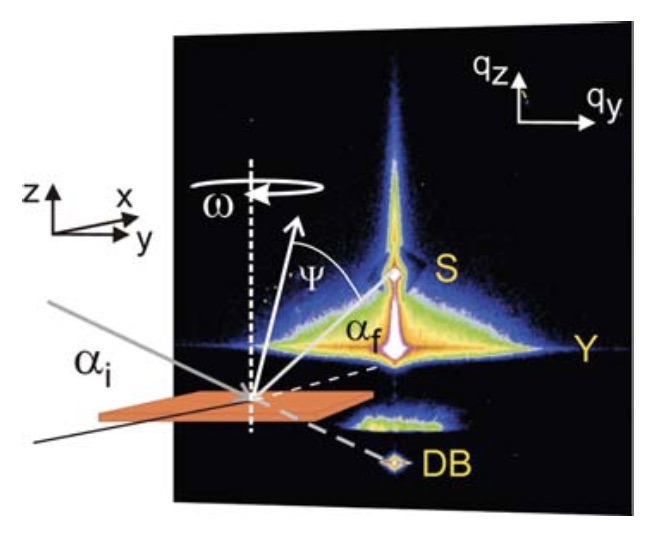Mixing of fluoro-carbon and hydro-carbon surfactant monolayers
Group research area: Synthesis/Software
Lipid rafts are thought to have a hugely important role in a wide variety of biological processes. However, to date, there has been no conclusive evidence of their structure. An exciting model for the separation of lipid-like molecules has been identified by Jackson and co-workers [1] consisting of a mixture of fluorinated and hydrogenated carbon-based surfactants. These may agglomerate into a nanoscopically organised structure at an air-water interface. The existence of such structures can be probed using grazing-incidence small angle x-ray scattering (GISAXS) at the Diamond Light Source.
This project will involve the synthesis of a series of surface active organic molecules (surfactants), overseen by a PhD student from the Frost Group. These molecules have interesting interfacial properties due to the fact that they contain a both carbon-bound hydrogen and fluorine atoms. Experimental neutron reflectivity work has suggested that mixtures of these surfactants with traditional non-fluorinated surfactants do not form ideal mixtures when they assemble into a monolayers at an air-water interface. This means that they are likely to self-organise into nanoscopic domains which can be investigated using GISAXS, to be conducted during beamtime at the Diamond Light Source in Oxfordshire. In addition to the GISAXS, other surface sensitive techniques will be used to further characterise this mixed-surfactant monolayer; such as surface-pressure isotherms and Brewster angle microscopy.
This project will allow a student to gain an introduction to both organic, specifically fluoro-carbon, synthesis as well as a wide variety of surface chemistry techniques frequently used in soft matter science. There is also scope for introduction to molecular simulation based methods for analysis of the GISAXS experiments.
If you are interested in this project please contact Prof. Edler or Andrew (Office 0.15).

References:
- Jackson, A.J., et al (2015). Langmuir, 31, 272-282.
